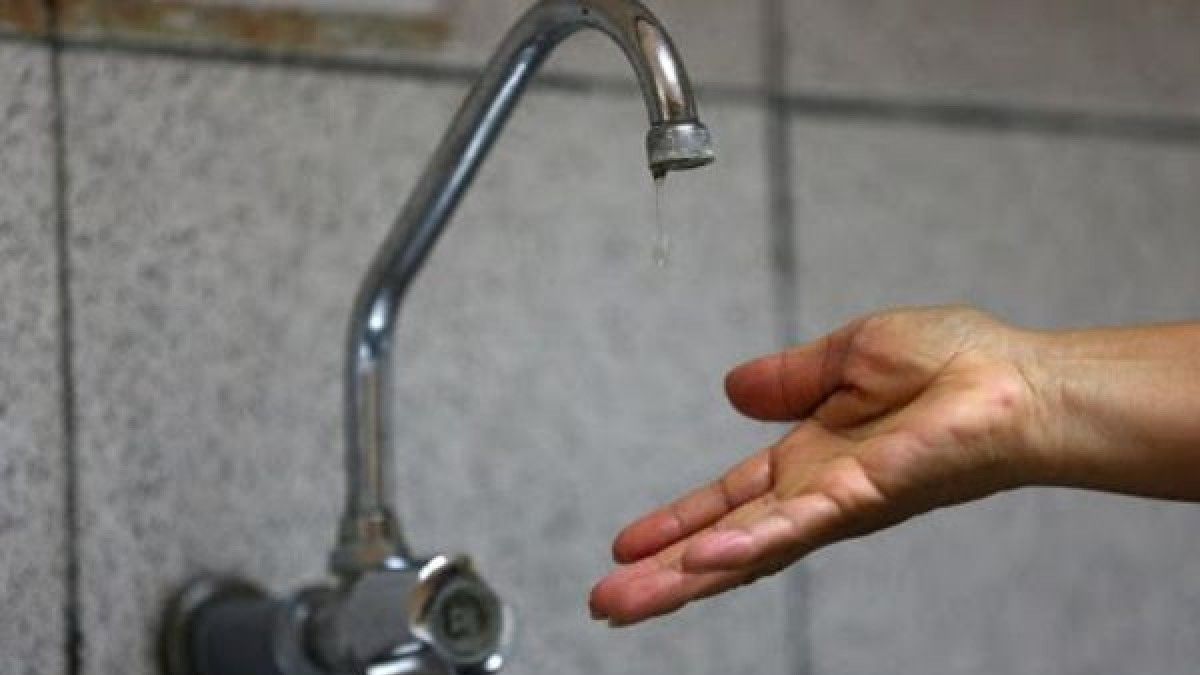The rains are still not reaching the metropolitan area and the state company is already planning a way to guarantee the supply.
Should the water crisis continue to be a pressing reality, the National Administration of State Sanitary Works (OSE) communicated that it would buy software that helps organize the supply or subsidy of drinking water for the population of Montevideo and the metropolitan area, since the lack of rain would cause totally salty water to be distributed, taken from the Río de la Plata.
The content you want to access is exclusive to subscribers.
Montevideo and the metropolitan area continue to have supply problems despite the recent rains. the dam of Severine Pass It continues with low levels and, in the event that the amount of rain does not improve by the end of June or beginning of July, OSE will have to supply totally salty water – coming from the Río de la Plata – to the public.


In the event that this happens, they also plan to purchase a software for 40 million pesos (plus VAT) to the technology company Probe. This will have the objective of organizing the supply of bottled or subsidized drinking water through an application available to Montevideans and the population of the metropolitan area.
The application it would be installed in the cell phones of citizens and will have a certain amount as a credit to spend on bottled water. The credit will be used in businesses that sell water and will allow them to buy it at no cost or at a subsidized price. The amount of credit or the percentage of subsidy will depend on the decision of the government, in case the application starts to be used.
Water crisis.jpg

The rains are not enough and the water is still salty
In the weekly report, the Uruguayan Institute of Meteorology (Inumet)in the first days of this month “practically no rainfall has been recorded in the basins” of the rivers St. Lucia and of the silver —the most affected by the prolonged water deficit—, and the rains that are expected in the next few hours will not be enough to recover the reservoirs at historically low levels.
In this critical context, the MSP enabled OSE to continue distributing water with higher levels of salinity —maximums of 440 milligrams of sodium and 720 milligrams of chlorides per liter of water, according to the ordinance of May 4—, in order to continue supplying with the few remaining reserves —to the point that Severine Pass is only at 7% of its capacity, and the supply in Montevideo his days are numbered.
Source: Ambito




